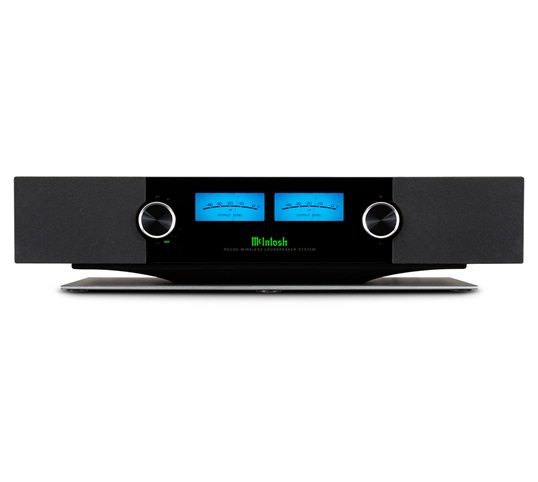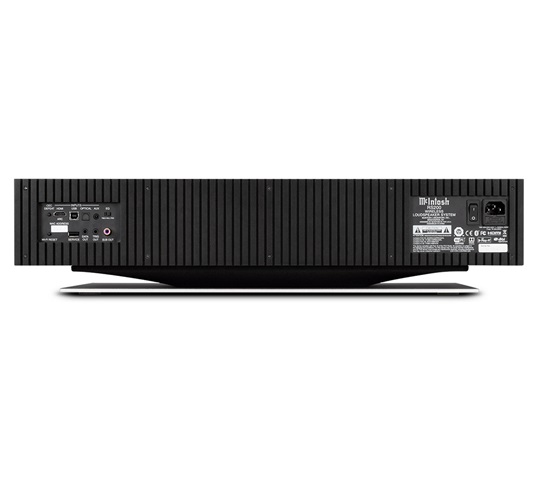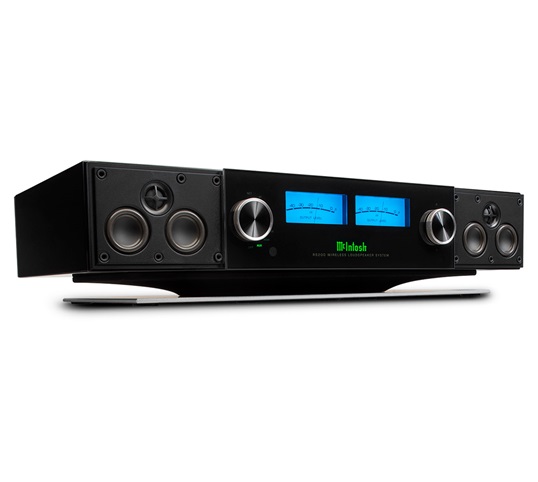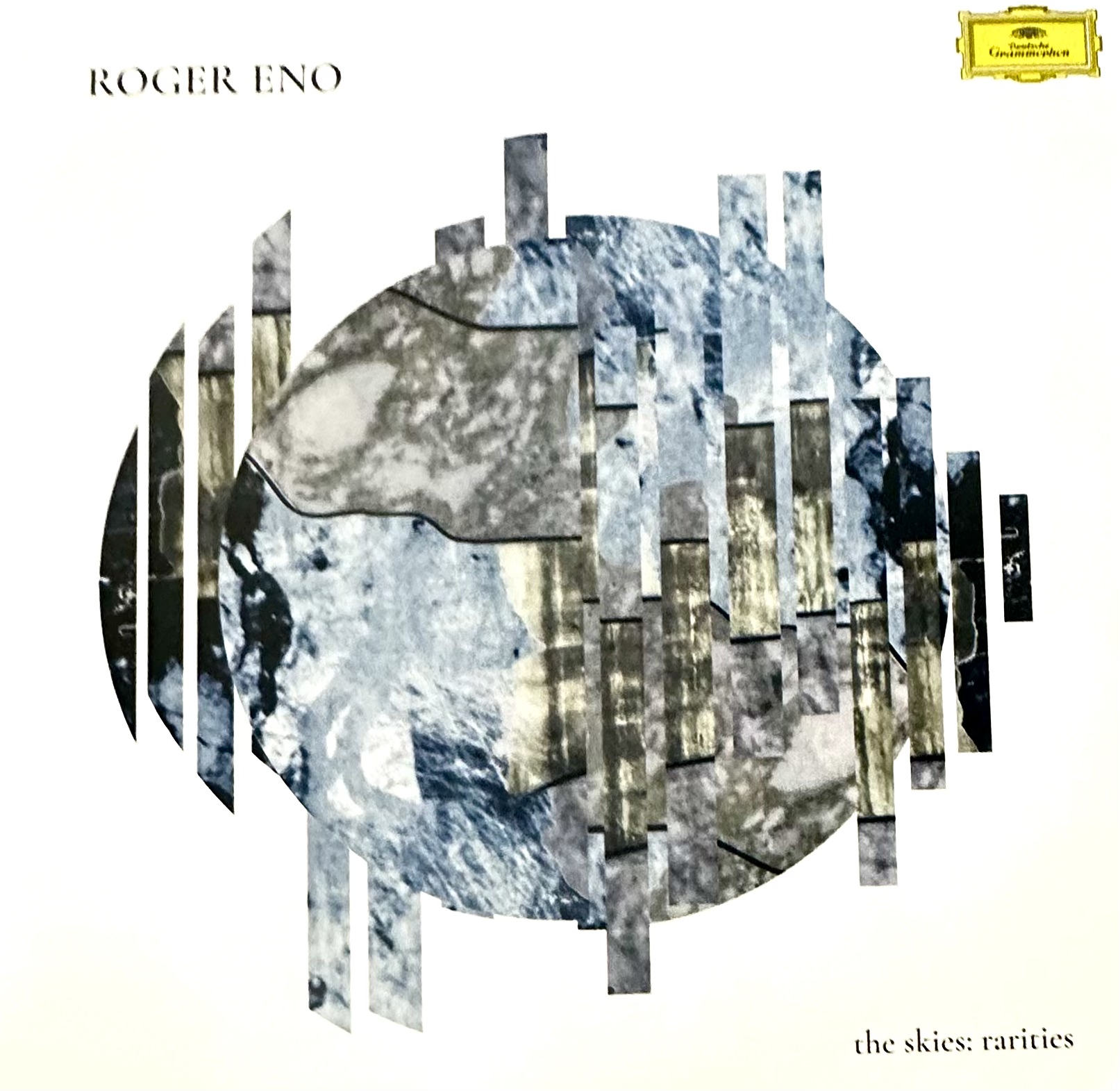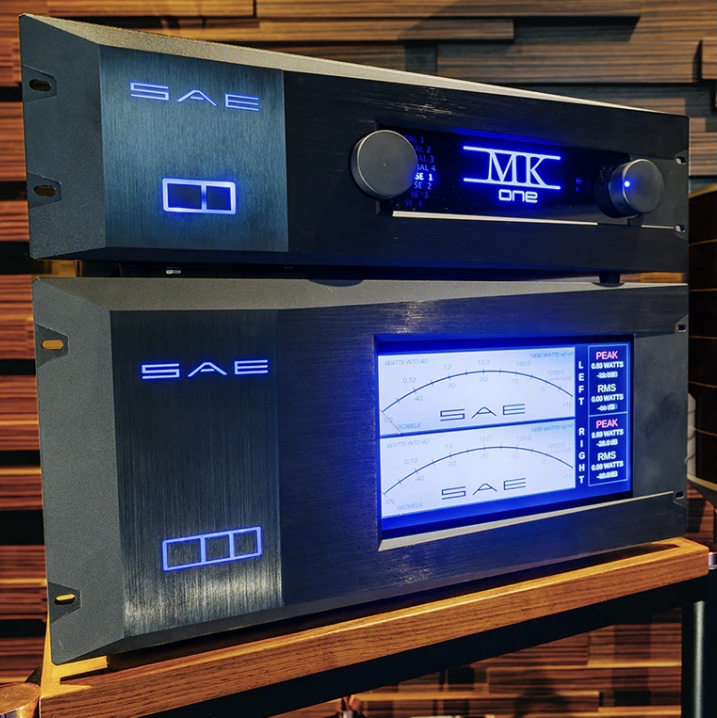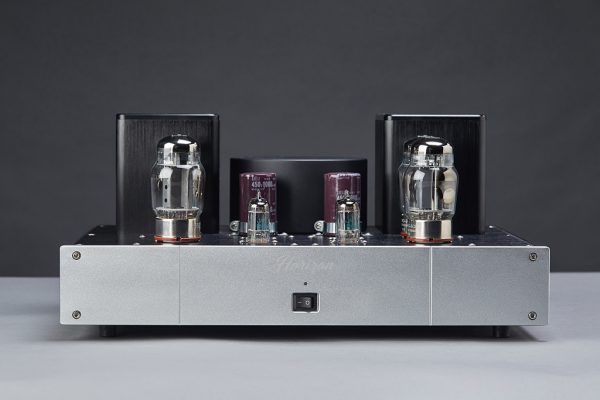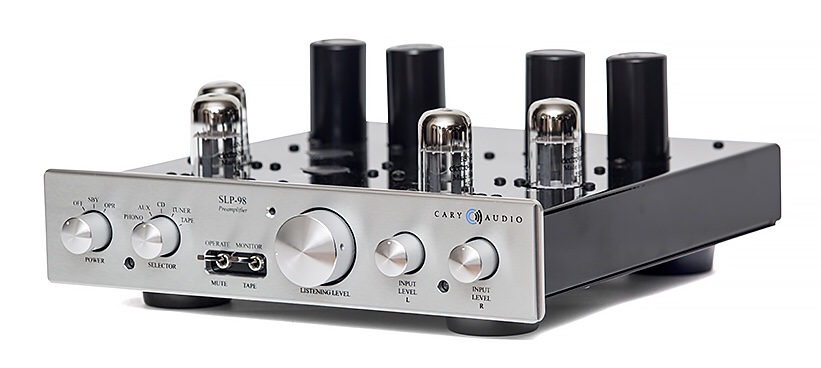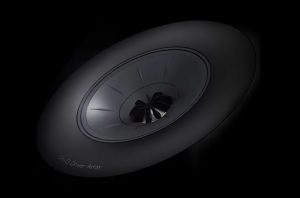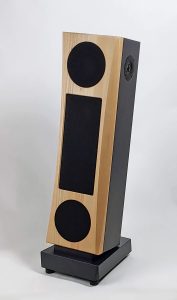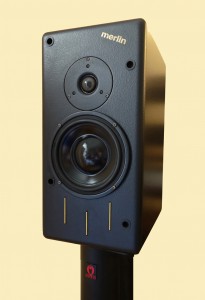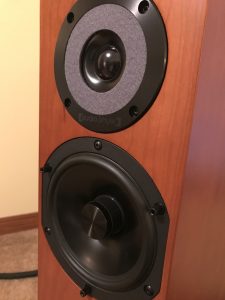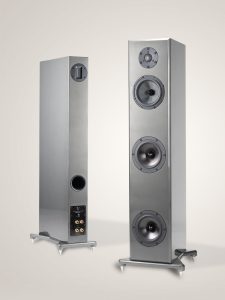If you are an audiophile, and have been in the hobby for more than the last five nanoseconds, then you know McIntosh. Easily one of the stalwarts of the industry, and a company that has always paid as much attention to aesthetics as to engineering prowess and quality. That is a lot of attention, by the way, bordering, if not knee deep into the world of OCD. I can honestly say that I have never had an encounter with McIntosh gear that was not totally enjoyable and entrancing. I remember being at the Detroit Hif Fi show a number of years ago with Ty Lashbrook of Tyler Acoustics who was showing one of his newer speakers being driven by McIntosh electronics, and was easily one of the best sounding rooms at the show.
Having that background with listening to their products numerous times, mostly their tube products, I was very interested to see whether or not this "all in one" music streaming unit would measure up to the legend.
As another item in my review journey of more compact solutions for the audiophile, I gladly welcomed the RS200 into my listening room. I will not lie that I was a bit excited when the unit arrived. Unpacking was easy and straightforward. Interior packing materials were fitted for the unit, as in all McIntosh items, and included the RS200 along with a power cable, remote control, and very clear and concise 14 page user manual.
The RS200, as part of McIntosh's "Lifestyle" series, is not tiny that is for sure. It is substantial and very well made. Measuring 24.8 x 5.7 x 12.6 in (62.99 x 14.48 x 32 cm) weighing in at 29.5 lb (13.3 kg) The fit and finish is absolutely stellar. Piano black, sleek, with two knobs and the legendary blue light UV meters gracing the front panel. If it looks like a McIntosh, and it feels like a McIntosh, well then there is only one thing left to verify, and that is does it sound like a McIntosh.
How does McIntosh slot this new toy? Well according to them, The R200 provides room filling sound and is their next generation in Home Theater wireless speakers.
It can accommodate just about any wireless source. Phone, iPad, computer, other.
Specifications
- Power Output: 650 Watts (400 Watts to tweeters/midranges, 250 Watts to Woofers)
- Number of channels: 2
- Signal to Noise Ration: >103db (A-Weighted)
- Total Harmonic Distortion + Noise: <0.05% (mid-band)
- System Driver Compliment: Two 20mm Titanium Dome Fluid Filled Tweeters, Four 50mm Titanium Inverted Dome Midranges, Two 4x6 inch Long Throw Woofers
- Frequency Response: 40Hz to 20kHz
- Crossover Frequency: 275Hz - 4000Hz
- Enclosure Finish: High Gloss Black
- Grille Finish: Black Knit Cloth. Grille Attachment - Mechanical
- Auxiliary Input: 1
- Digital Optical Input: 1
- HDMI Input: 1 (audio only)
- Subwoofer Output: 1
- USB Input: 1
- USB Input type: B
- Wireless Input: Bluetooth 5.0 A2DP with support for AAC, apt HD and aptX for Low Latency, WiFi 802.11 a, b, c, n 2.4/5GHz
So what does all mean in a nutshell? That's pretty easy! Quality build, compact dimensions, a weight anyone can easily move around, plenty of power to get relatively serious sound level out of it, the ability to add a sub, and run just about any wireless streaming source through it. It also has the added bonus of being able to use HDMI, and hooking it up to your TV as a sound source, and it will sync to the picture! You can even mate it to a pair of R100 wireless speakers for rear channel sound.
What does it not do? That is also easy. It does not offer a single pair of RCA jacks to run something analogue through it. Namely, a reel to reel or turntable. Zero, zip, zilch, nyet, nada! That was my one and only disappointment with this unit. A hardcore audiophile that faces downsizing, removing big amps, preamps, huge speakers, miles of expensive cables could most likely deal with eliminating all of that, but most likely giving up LPs as a sound source would be a deal breaker for a lot of people, self included. That being said, I do not think McIntosh was speaking to that crowd with the R200. They can provide other smaller items like the MXA70. That unit is a component all in one that has RCA inputs and has a size matching CD/SACD player that is optional. I digress! If you can find a set of RCA cables that go from a stereo pair down to a stereo single 1/8th jack, you could feed a turntable, reel to reel deck, or CD player through that, but I don't know too many audiophiles that would want to send their $10k turntable setup through that kind of cabling. If you are not a big vinyl person, and are quite happy with streaming your music, then I have awesome news for you. You will love the RS200!
When I unboxed it and set it up on my stand, I have to admit I plugged it in, fired it up, and then just sat back and stared at the thing for what seemed like a short lifetime. There is no other way to say it other than McIntosh builds astonishingly beautiful pieces of HiFi gear. Piano gloss black finish faceplates and beautiful glowing blue VU meters. To the eye, the first thing that comes to mind when looking at the gear is stunning quality. My wife will occasionally remark about new gear. She saw this piece and said, "Wow that is really elegant looking! How does it sound?" I had to admit, I had been simply staring at it since I set it up. She said, "I can see that! It's very nice looking." After that exchange I figured I would feed it low level background music for a day or two all day as I did not think it had yet been burned in.
So for two days it sat just providing background music while I went about my normal business of cleaning and writing. It was absolutely lovely right out of the box for that purpose, and provided hours of lovely music streaming from both Tidal and Apple Play. If you are streaming Bluetooth, it does not require the use of any third party app. Users can optionally install the Play-Fi app if they want, which will provide them with additional online streaming services including Amazon Prime Music, Pandora, Qobuz, SiriusXM, Spotify, and TIDAL to name just a few (note: if user has the standalone app from any of these services, then they can stream that service to the RS200 via Bluetooth without needing the Play-Fi app).
It is easy to navigate, and is the primary weapon of choice I used during my time with the RS200. Play-Fi is a premium whole-home wireless audio system created by DTS and licensed by McIntosh. The goal of Play-Fi is to provide seamless interoperability between speakers in many locations with numerous streaming services. The streaming landscape is an ever changing ecosystem, and the folks at DTS are working hard to both maintain quality service, as well as incorporate advances in streaming technology. You can find the latest information in the knowledge base at play-fi.com. The RS200 is also Apple AirPlay 2 compliant, so to stream this way one simply uses an AirPlay 2 compatible iOS device or Mac OS computer. No separate connection app (such as the Play-Fi app) is required to stream via AirPlay 2.
Placement of any speaker can greatly affect the sound equalization (EQ). McIntosh built in a dandy little EQ switch that provides a quick and easy way to compensate for three typical RS200 placements, with three EQ environmental settings named "WALL," "FREE," and "TABLE."
The WALL setting is for placement near a wall. The TABLE setting is to compensate for reflective surfaces that may be present if the unit is pushed back eight or more inches (20cm) from the edge of a flat surface (like a table). And the FREE setting is for placement without large obstructions. Ultimately, EQ is a matter of taste, so feel free to experiment with these settings to determine your preference. I kept the unit in the FREE setting, as it was set in the middle of my listening room for the duration of its visit (with the exception of using it in place of my Bose sound bar for two days). I believe this setting boosted the bottom end a bit, and certainly sounded the best of the three where I had it set up.
I also experimented with a small sub woofer to bolster the bottom end below 60Hz. During this phase I sat either in my normal midfield range, and then at a near field range to test the delivery of the unit. Most of my notes are gathered from my normal listening position with the RS200 directly in between my main speakers.
The included remote makes it very easy to relax in your easy chair and command the RS200. All the functions worked smoothly and without a hitch. I never had to reset the WiFi during its tenure with me, although there is a switch to reset if needed.
What about the sound of the unit? That is always subjective of course, but I can say that the unit provided many hours of extremely enjoyable music as a background unit. We kept it playing most weekend days as we went about our daily cleaning and home projects, and it filled our not so small house with wonderful music. That is no small feat considering the main part of our house is two story, and about 3800 square feet. We just selected playlists from my Tidal app and let it play away the day. I can see many people using it this way in a home system where the unit provided the sound for a TV instead of some of the more ubiquitous options. The remote had a good range, and the unit never put up the least amount of fuss playing for hours on end. It just streamed the music in a solid fashion, and with extremely solid balance. The sonics were quite nice. I credit this to the multiple speakers and plenty of power to sufficiently drive it to loud levels without missing a bit.
I also hooked it up to our our 75" TV in the family room. That was a mistake. Coupled with the small Kanto 8 subwoofer it completely dismantled the sound of the Bose soundbar ($1000.00). What was really noticeable was the quality of soundtracks, especially those with familiar music. This is in no way meant to besmirch the Bose unit, as it is a really great all in one unit for TV. Rather it is to say when a unit like the McIntosh takes over, it is very, very noticeable. The delivery was much smoother, the voices were more natural and clearer. I watched a Netflix Peaky Blinders marathon and was amazed at how much more prevalent some of the background sounds were. People walking down the muddy streets sounded like I walking right behind them. Subtle things such as the sound of glasses tinkling in the bar scenes were much more realistic. You could just about hear the smoke actually swirling. The crack of a gunshot was more crisp and seemed to have more impact. All in all it drew me more into the material rather than just providing sound to go with the motion. I was hugely impressed, and I do not get too impressed by all in one TV solutions. I use them as a matter of convenience, as I have a stereo room to satisfy my critical listening needs. The RS200 could change my mind about the unit that I use.
Now....how did it sound during critical listening? As you might imagine, being a compact all in one system, there are things it simply cannot do as well as a dedicated two channel system can. It did not provide a sweeping soundstage with precise instrumental placement across the front of the room. Nor did it provide the last word in height or depth. Those are the negatives if you want to call them that. To be honest, I am not sure that the target market for this unit is all that concerned about that aspect of HiFi. Being a snob, I am sure this would not replace my system. That being said, what does it do when it is used for critical listening? Well lets talk about that.
Sound quality! It is a McIntosh through and through, which to me means it offers up plenty of power to raise the roof, and delivers music with a wonderful smoothness reminiscent of some of their tube gear while being totally solid state. High frequencies are extremely crisp, but without annoying edge unless pressed a bit too hard. If you are trying to push it to arena rock levels you are going to hear break up and some clipping. If that is what you are after, look elsewhere. For my listening it was more of a nod to small venues like night clubs, and smaller dance hall levels that I was after, and the RS200 delivered everything I wanted it to, and then more. On jazz and smaller small classical works the high end was smooth and easy on the ears. No shrillness or bite. A glass being dropped, as you can hear on the live Bill Evans Trio recording of "Detour Ahead" from the Waltz for Debbie album, sounded so real and lifelike, and just added credibility to the live nature of the performance.
Despite the small size of the midrange drivers, the mids delivered the human voice with all the nuance and breathiness of being right in front of the singer. Liquid is an apt description. Sizzle and decay are what I would have expected out of a larger system.
On Norman Johnson's song "Slide" from the Art of Life album, the guitar was as silky smooth as butter, and the decay was amazing for a small speaker ensemble. Notes just wafted off into the universe with no harsh stoppage. Norman is becoming one of my favs in the jazz world. Very tasty tunes with exquisite and innovative guitar licks, and the presentation was just outstanding. This is what good midrange drivers give you. You an hear the meat of the finger sliding on the strings.
On Julie London's "Cry Me A River" from the Julie Is Her Name album, her vocals were soulful in the most sincere meaning. The control she had over her voice is legendary. I finally discovered who Diana Krall sounds like. Phrasing in vocals is so critical. Pauses and pace while linking the lyrics together is an absolute art form. The subtlety of her phrasing is impeccable, and the RS200 delivers her vocals with such naturalness that when I closed my eyes, she was in the room with me, albeit with the backup musicians within a few feet of her instead of in the background. This was a tack, I changed my position and went very nearfield, and that created a broader soundstage with a bit of depth that was not present from my regular positions. If you buy this unit experiment with seating placement to get the most out of it if you are using it for critical listening.
What's at the bottom? Honestly the RS200 will not plumb the bottom octaves. I found that 40Hz floor to be a pretty hard flooring number. The RS200 will go to 40Hz, but not with a great deal of authority. In listening to Rickie Lee Jones' version of Steely Dan's "Show Biz Kids," which is rather bass heavy, I found the RS200 limitations. Anything over a mild sound level, the bass tended to fall apart. Perhaps this is the very reason McIntosh provided a subwoofer output. I put this to good use. Plugging in the small Kanto powered Sub 8 proved to be the absolutely perfect compliment to the McIntosh. I rolled the frequency response at 65Hz, gave it about a 20% power feed, and everything in the presentation changed. That sub will plumb 25Hz, and it just integrated perfectly with the RS200. This set up could provide for a very satisfying long term multitasking sound system. Run the TV trough it and, when not watching the tube, feed some of your favorite playlists through it, sit back, and enjoy!
Is the RS200 the least expensive system of its type out there? Not even close! Is it worth the money for a small all in one streamer? Depends on how you perceive value. At $3000 it is anything but cheap or inexpensive. The quality is outstanding, and it is built to last a lifetime. It also comes with a three year limited warranty, which is almost unheard of with most of the one box solutions out there. It is a work of eye candy, and I never grew tired of looking at it, let alone listening to it during the time I lived with it. If you want a jack of all trades, and you are not looking to knock your neighbors house off the foundation during spirited listening sessions, and if you want a balanced over all sound, and you do a lot of listening as background music, and you are space limited, then I think it would be foolish not to look at the McIntosh RS200. Hell, don't just look at it. Stare at it for a while and listen to it with deep intent. I think you will find yourself as enamored with it as I was.
Now excuse me as I listen to Melody Gardot before I have to think about packing this baby up and sending it back... .
RS200 Wireless Loudspeaker System
Retail: $3000
McIntosh Laboratory, Inc
2 Chambers Street
Binghamton, NY 13903-2699
607.723.3512 or 800.538.6576




